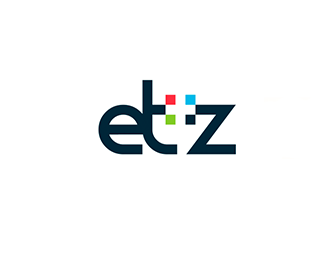 Industrialitzation of healthcare services
Industrialitzation of healthcare services Industrialitzation of healthcare services
Industrialitzation of healthcare services
Sepsis management
Although sepsis economic impact is difficult to quantify, an epidemiological study1 estimated an average cost of ₤25.000/case with an annual population-based incidence between 40-455 per 100.000.

₤25.000/case average cost
Incidence between
40-455 per 100.000
Led by INCLIVA, this pilot aims to improve outcomes and thereby reduce overall cost of sepsis by using big data to identify and remove bottlenecks in time-critical, hyper-acute stages of the workflow. Early identification and appropriate management in the initial hours after the event are associated with lower morbidity and mortality as well as a reduction in healthcare costs.
Why a big data approach is needed
Big data is the most suitable solution to this problem because of the volume (data generated from the intervention of multiple healthcare professionals and the use of multiple facilities), velocity (e.g. real-time data will be generated form the Real-Time Locating Systems), variety and veracity and value (e.g. resource optimization in emergency department and time reduction for diagnosis and treatment).
Secondary outcomes that may be expected by applying the big data approach include: better asset, installations and staff management, increased patient safety and increased patient throughput through the emergency department. The coupling of all information will identify weaknesses in the workflow and help develop improved protocols.





1 Source: Vincent JL, Sakr Y, Sprung CL, Ranieri VM, Reinhart K, Gerlach H et al. “Sepsis in European intensive care units: results of the SOAP study”. Critical Care Med. 2006; 34(2):344-55.
Related news:
